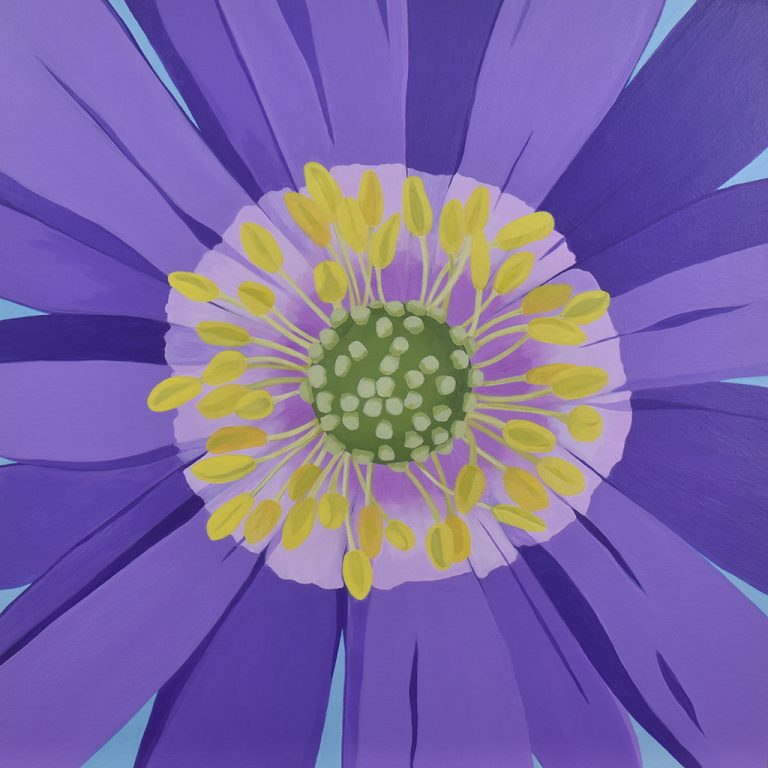Just outside my window a gorgeous Oregon Grape bush with glossy dark green leaves is blooming with brilliant yellow flowers. I love watching the birds and bees on this plant that is native to the Willamette Valley where I live. It’s also Oregon’s state flower! Much of our yard is landscaped with plants native to our area. They are an easy way to bring a little bit of the forest back to the city.
Native plants are important for wildlife habitat, especially as human populations expand and more and more natural areas are destroyed. When you join others in your area by adding native plants to your yard, you help create a wildlife corridor.

Native plants are not only beautiful and good for wildlife, they are also easy, hardy, and smart to grow. When the right plants are selected for the right spots, they can easily thrive. Many are drought tolerant and need little maintenance once established. They don’t need fertilizers or pesticides.
If you aren’t lucky enough to live close to nature, as most of us aren’t, you can bring a little bit of nature into your own habitat. Additional benefits include getting to know the forest or the wild plants of your area up close year round. They naturally attract lots of birds. They provide habitat for native bees and other pollinators. Some offer you food and medicine such as huckleberries, thimbleberries, roses and yarrow. Native plants can connect you to the land, as well as the people, animals, and insects of other eras who have lived here throughout history.

Portland Area Resources
Portland’s Backyard Habitat Certification is an amazing program that helps people create a wildlife corridor through our area. The program was created by the Audubon Society and the Columbia Land Trust. It connects gardeners to native plants at a discount, gives advice on what to grow where, offers site visits and resources on removing invasive plants, managing stormwater runoff and creating wildlife habitat. I highly recommend checking them out if you are in the Portland area. They have helpful resources and over 9,000 participants so far, including me.
EMSWCD offers free naturescaping and native plant classes and an annual plant sale.
Find native plants at local nurseries such as Portland Nursery, Livingscape and Garden Fever. Learn from others in native plant facebook groups, and look for plant sales such as through Sparrow Hawk Nursery. Many species spread so you can get them from friends and neighbors or move them around in your yard. Earlier this spring I moved some oregon grape, sword ferns and fringecup that had grown into a path in the backyard out to our front yard.
Portland Plant List is a helpful resource for learning about plants specific to different microclimates in our area and what grows together naturally.
General Guidelines
In the Pacific Northwest it’s best to plant natives in early spring or fall so spring or winter rains can help their roots settle in. It’s best to plant them in groupings, at least 3 of a kind or in a mix of large and small plants that do well in similar conditions (such as a shrub, a few perennials, and a groundcover for example.) For inspiration take a hike and see what grows together naturally.
It’s important to look up specific plant requirements for sun/water/shade and choose the right ones for the microclimates in your yard. Once they are established, they often require little additional water or maintenance. They do need to be watered during hot spells for the first few years. Many are slow growing, but once they are established will fill in and thrive.
A few of my favorite plants native to Portland’s Willamette Valley
Evergreen Huckleberry, Oregon Grape, Fringe Cup, Uva Ursi, Yarrow, Nootka Rose, Osoberry, Swordfern, Snowberry, Vine Maple, Stonecrop Sedum, and Douglas Fir.





